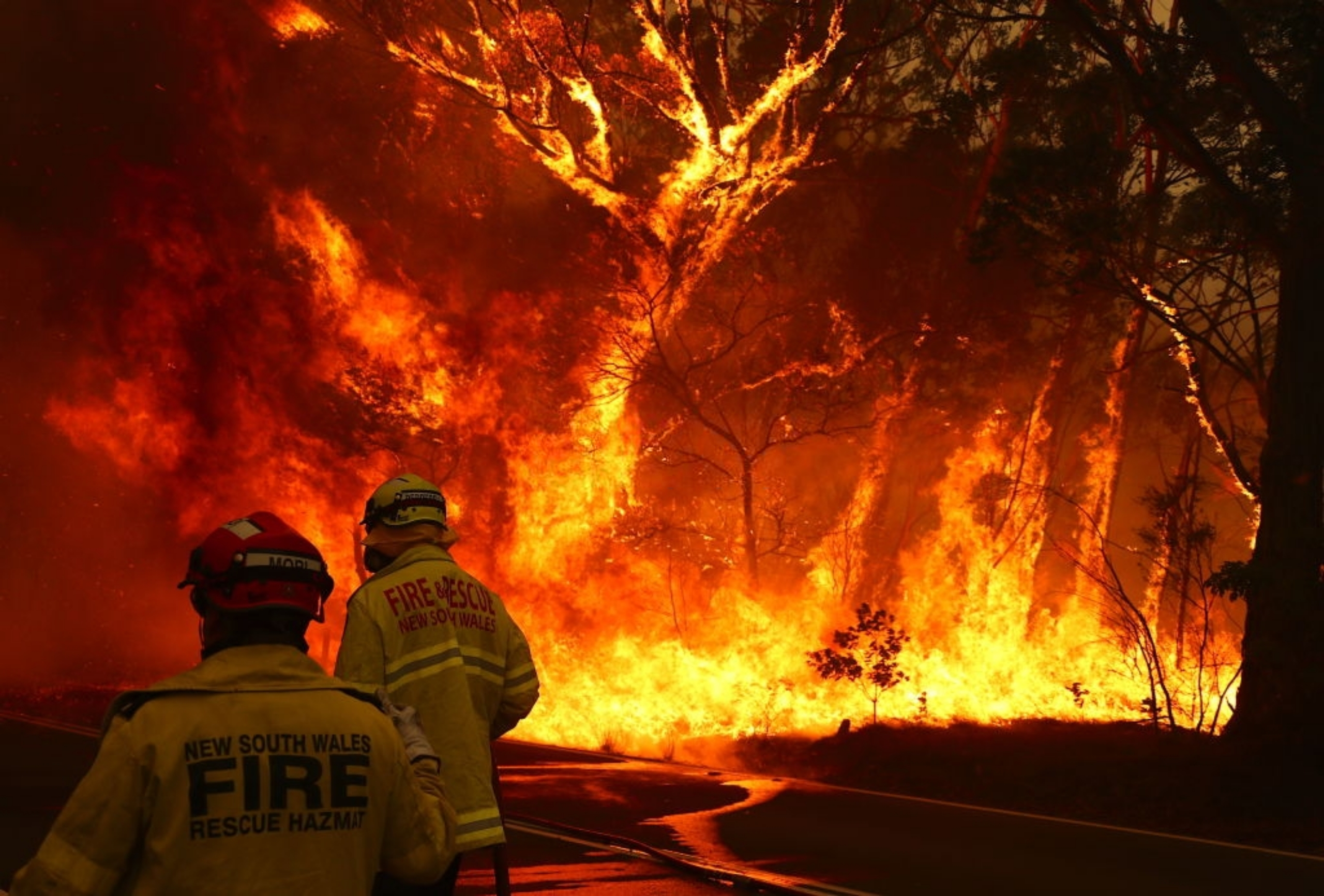Protecting Your Home: The Vital Function of a BAL Report in Bushfire Preparedness
Protecting Your Home: The Vital Function of a BAL Report in Bushfire Preparedness
Blog Article
Navigating Shrub Fire Protection Laws With BAL Record
In the realm of residential property development and homeownership, browsing bush fire security laws is vital for ensuring the safety and compliance of frameworks in high-risk areas. Central to this undertaking is the Bushfire Attack Degree (BAL) report, an essential paper that assesses the prospective exposure of a residential or commercial property to bushfire. Recognizing just how to analyze and use the information contained within a BAL record can significantly affect the layout, building and construction, and upkeep of structures. By diving into the complexities of BAL evaluations and their ramifications for constructing compliance, stakeholders can proactively handle bush fire threats and secure buildings versus potential threats.
Comprehending Bush Fire Defense Rules
To properly navigate the complexities of bush fire protection regulations, it is important to have a clear understanding of the governing guidelines and requirements in position. Shrub fire protection laws are vital for guarding buildings and lives in areas vulnerable to bushfires. These policies develop the requirements and procedures that property proprietors should follow in order to alleviate the risks connected with bushfires.

Relevance of BAL Evaluations
Understanding the value of BAL assessments is essential in guaranteeing conformity with bush fire protection policies and properly mitigating the dangers connected with bushfires. BAL analyses, which determine the Bushfire Assault Degree of a residential property, are essential for creating appropriate bush fire defense steps customized to the specific danger profile of the website. By evaluating factors such as plant life type, distance to possible fire risks, and slope of the land, BAL analyses give important understandings right into the level of danger a home encounters throughout a bushfire event.

Ramifications for Building Conformity
Browsing with structure compliance needs in accordance with BAL assessments is essential for ensuring frameworks are sufficiently strengthened versus the threats presented by bushfires. Structures that fail to fulfill the needed compliance standards are at a greater risk of sustaining damages or devastation throughout a bushfire occasion.
Ensuring structure conformity involves cautious preparation, building and construction, and maintenance to minimize the prospective influence of bushfires - BAL Report. It calls websites for a comprehensive understanding of the BAL score assigned to the home and applying the suitable procedures to boost its fire protection abilities. Non-compliance with structure laws can result in legal repercussions, insurance policy problems, and most significantly, threaten lives. Therefore, taking building compliance seriously and including BAL assessment results right into construction recommended you read methods is essential for guarding residential or commercial properties in bushfire-prone areas.
Managing Shrub Fire Dangers Effectively
Provided the vital relevance of structure conformity in fortifying structures against bushfire threats, effectively managing these risks needs an extensive strategy that focuses on aggressive reduction approaches. Cleaning combustible plant life, creating defensible spaces, and ensuring appropriate upkeep can considerably reduce the threat of fire spreading to the residential or commercial property. By combining these aggressive steps, residential or commercial property proprietors can successfully manage bushfire threats and enhance the safety of their owners and frameworks.
Practical Tips for Homeowners and Developers
Effectively taking care of bushfire threats as a house owner or designer necessitates implementing practical mitigation techniques tailored to the residential or commercial property's particular vulnerabilities and environments. One critical pointer is to preserve a well-kept defensible space around structures, usually a minimum of 30 meters in high-risk areas. This room needs to be clear of combustible vegetation, particles, and other combustible products that can potentially fuel a fire. In addition, choosing fire-resistant structure products can significantly improve the home's capacity to endure coal assaults and direct fire get in touch with. Guaranteeing that roofing systems, home windows, and walls are built or upgraded to satisfy relevant bushfire defense standards is necessary.
Moreover, developing an emergency situation strategy and practicing evacuation drills with household workers, participants, or lessees can save lives in case of a bushfire. Staying informed regarding local fire threat ratings, climate conditions, and emergency situation informs is also crucial for making timely choices to secure life and residential or commercial property. Involving with local fire authorities, neighborhood teams, and experts experienced in bushfire monitoring can provide important guidance and support in creating comprehensive bushfire defense techniques.
Verdict
In final thought, browsing bush fire defense guidelines with a BAL record is crucial for making certain structure compliance and handling bush fire dangers successfully. Comprehending the importance of BAL analyses and following useful tips can aid developers and property owners minimize the impact of bush fires. By adhering to these guidelines and taking essential safety measures, people can develop more secure settings for themselves and their neighborhoods.
Secret elements of bush my website fire defense regulations include the Bushfire Assault Level (BAL) evaluation, which identifies the degree of threat a residential or commercial property deals with from bushfires. BAL evaluations, which establish the Bushfire Attack Degree of a property, are vital for making proper bush fire defense measures tailored to the details danger profile of the site. By evaluating elements such as plant life type, distance to possible fire threats, and incline of the land, BAL analyses give important understandings right into the degree of danger a residential or commercial property deals with throughout a bushfire occasion.

In final thought, navigating bush fire security guidelines with a BAL record is essential for guaranteeing building compliance and managing bush fire risks efficiently.
Report this page